People of the Reef ·
Green turtle: An icon with a story to tell
Green turtles have been swimming our oceans for millions of years, travelling thousands of kilometres and experiencing all corners of our Great Barrier Reef. This World Turtle Day, discover the incredible life journey of one green turtle on our Reef.

The journey began for this green turtle in the far north of our Great Barrier Reef, on a tiny, sandy sanctuary called Raine Island. Here, one summer almost 50 years ago, she and hundreds of her brothers and sisters emerged from their underground nest and took their first look at the world above the sand. Decades on, it is likely she is the only survivor of her clutch. Just one in a thousand will reach adulthood.

A green turtle hatchling at just a few hours old. Just 1 in 1000 of this green turtle’s clutch siblings will make it to adulthood. Credit: Gary Cranitch
Green turtle hatchlings measure just a few centimetres and make an easy meal for waiting predators. Each nesting season, hungry birds with sharp beaks line the beaches of Raine, and sharks lurk in the shallows. Speed was her saviour as she crawled the long, dangerous gauntlet from nest to Reef.


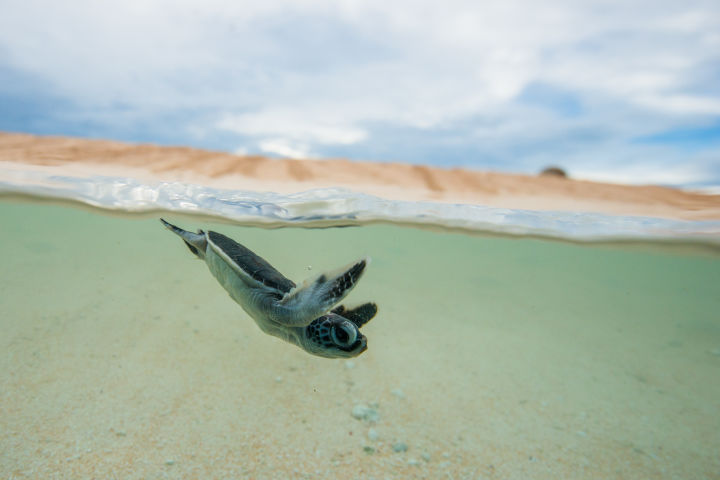
The journey from nest to reef is a perilous predator-filled gauntlet for our green turtle. Credit: Gary Cranitch
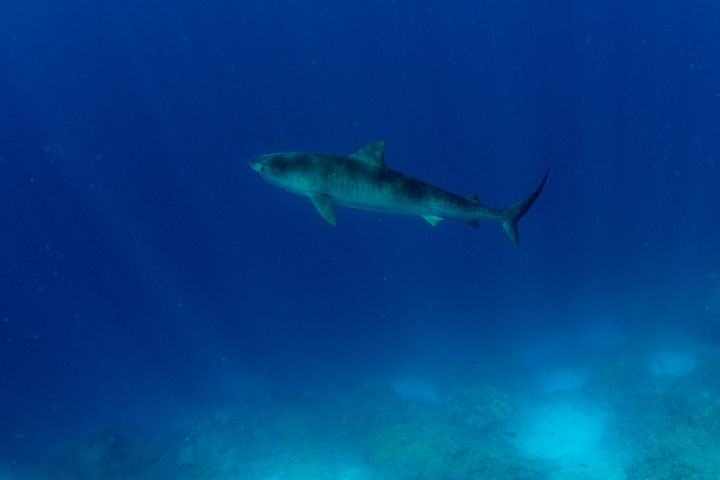
Like all youngsters leaving home for the first time, she hit the open road, travelling the ocean currents. Thanks to a steady diet of sponges and seaweed, our turtle slowly grew in strength and size. Around her, the planet was changing too. She had to learn to avoid new challenges – plastic now polluted her home, and more and more boat propellers and fishing nets crowded the water, threatening to tangle and break her growing flippers. Nevertheless, she persisted.

Sea turtles can travel thousands of kilometres in their lifetimes, witnessing more of our oceans than many other marine creatures. Credit: Matt Curnock
After a decade of life on the road, she navigated her way across entire oceans using her incredible brain like a magnetic compass to return home to shallower coastal waters, rich with her favourite foods. By now her home is a dedicated Marine Park, with areas protected by humans, where six of the seven other marine turtle species have found sanctuary and rich foraging grounds. Over the next 40 years, her shell carries an entire unique ecosystem of tiny hitchhikers – crustaceans, algae, and mollusks – on her trips up and down the Reef.

The tiny creatures that hitchhike on the backs of larger marine reptiles and mammals are known as epibonts. Credit: Gary Cranitch
She notices a new change, as the waters grow slowly warmer each year and the corals beneath her turn white during the summer months as a sign of their stress. And yet she is also witnesses visiting humans working to protect her home – planting new corals and sea grasses and keeping the water clean.
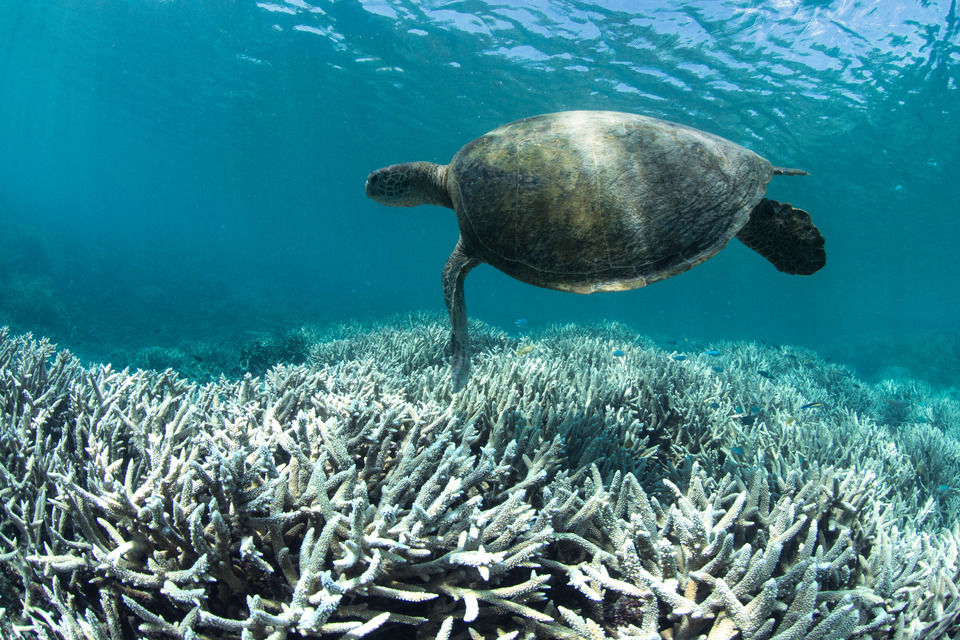
Long living marine creatures like turtles play witness to every disastrous bleaching event on the Reef. Credit: Ocean Image Agency
At almost 50, she too is ready to have her own babies. By now, she has mated and grown her eggs for several weeks. In a miracle of biology, she emerges from the waves on to the exact beach of her birth, just like her mother and grandmother did before her, and crawls across the sand for the first time in half a century. It takes almost three hours to dig her nest, lay her eggs and cover them safely. By daybreak she is exhausted and slowly returns to the water.
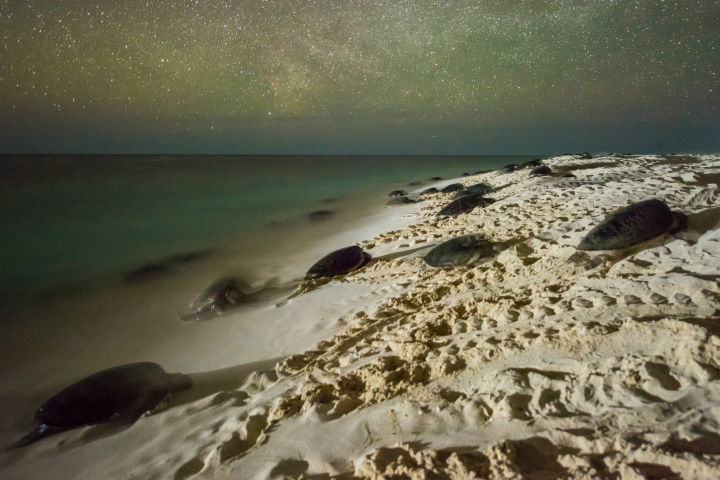
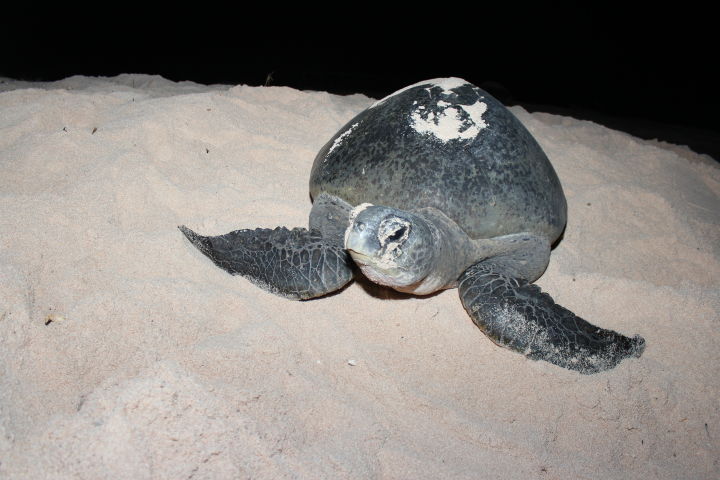

Green turtle females lay around 100 eggs per clutch.

Underneath the sand, her babies are growing and in just a few short months, they too will hatch and emerge. They all face an uncertain future. The health of their ocean and reef home is more at risk than ever before.
But there is hope. By working together and focusing our efforts on protecting and restoring coral reefs, we can all help keep these incredible creatures safe. This World Turtle Day, help us protect critical turtle habitats by planting a coral today.




